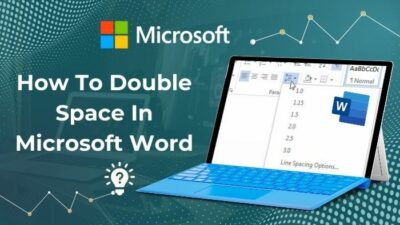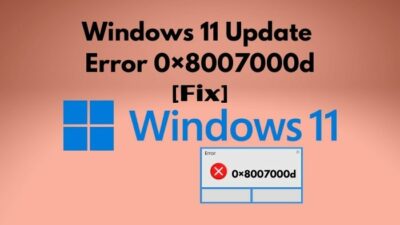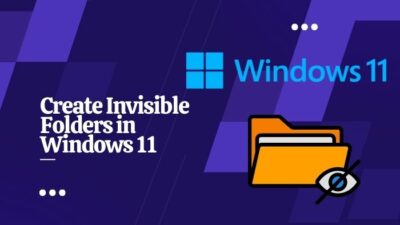Adding Google Drive to File Explorer is a great idea as you can quickly access files/folders stored on Google Drive without manually opening the app each time.
Unfortunately, many Windows users have reported that the Google Drive icon often disappears from their desktop after rebooting the device. If you’re also facing such an issue, you’ve come to the right place.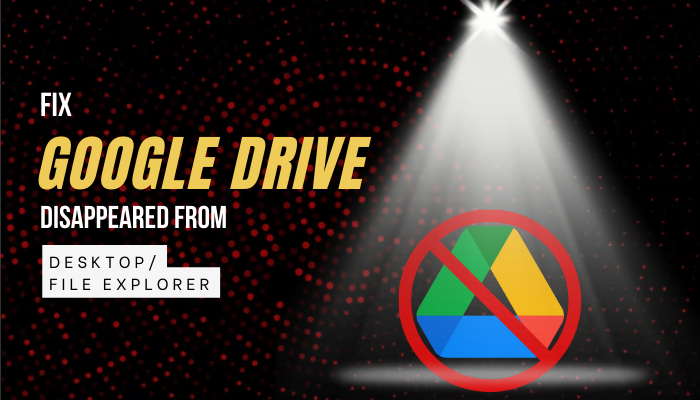
Let’s dive into this article as I have thoroughly the necessary steps you need to follow when Google Drive disappears from your desktop/File Explorer.
What to Do When Google Drive Disappears from Desktop?
Google Drive can disappear from your desktop’s File Explorer for various reasons; such as technical issues with the installed client, sync error, OS restriction, and improper configuration of either or both Windows and G-Drive client.
No matter the cause, if Google Drive has disappeared from the desktop, you need to make sure that the Google Drive folder has been set as the default sync folder on your PC. Also, enable the Launch on system start-up option from the G-Drive client’s preference.
Too brief? Don’t worry. Below, I have discussed all the necessary steps to fix this issue in great detail. This is a thoroughly tested method that has worked perfectly for me, along with many other Windows users. So don’t skip over any step.
Here’s what to do when Google Drive disappears from desktop/File Explorer:
Step 1: Uninstall Google Drive
- Quit the Google Drive app.
- Press Windows Key+S and type apps & features.
- Select Apps & features from the search result.
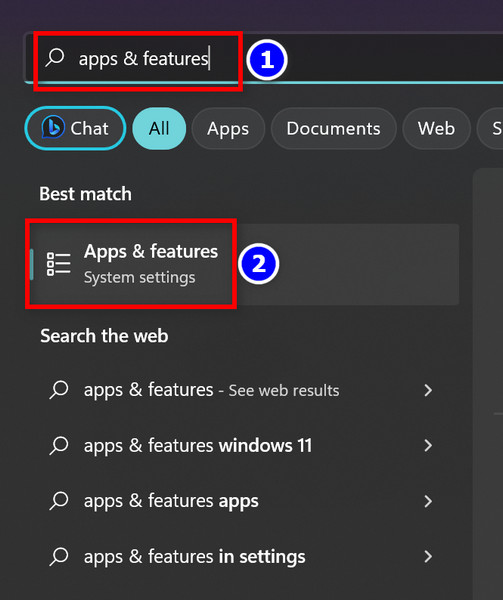
- Scroll down to find and select Google Drive from the app list.
- Click on Uninstall.
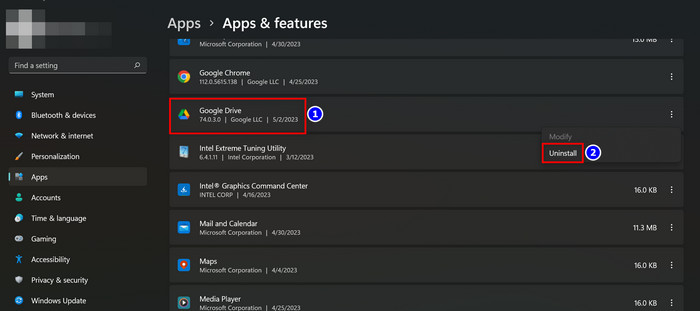
- Go to C:\Users\user\AppData\Local\Google and delete any folder present in this directory.
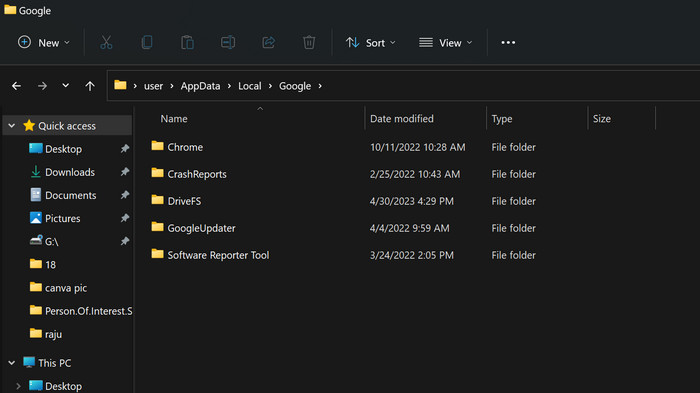
- Restart your computer to delete any cached files or settings.
Step 2: Reinstall Google Drive
- Visit Google Drive’s download page and click on Download Drive for desktop.
- Install the setup file. Tick the box for Adding a desktop shortcut.
- Log in with your Google account.
Step 3: Add Google Drive to File Explorer & Enable Launch on Startup
- Right-click on the Google Drive icon from the taskbar.
- Click on the gears icon and select Preferences.
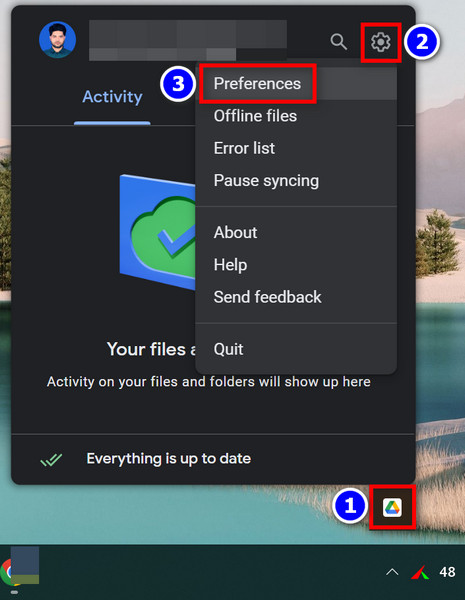
- Open Settings by clicking on the gears icon from the top-left corner of the app.
- Select the Drive Letter option. You can choose a custom letter to designate the Google Drive in your computer’s File Explorer.
- Tick the box for Show Google Drive in Quick Access in File Explorer.
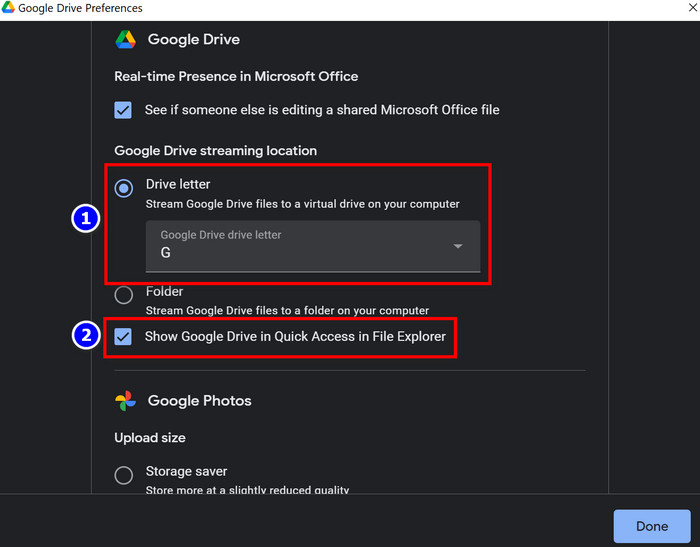
- Scroll down to the Launch on login section.
- Tick the box for Launch Google Drive when you login to your computer.
- Click on Save.
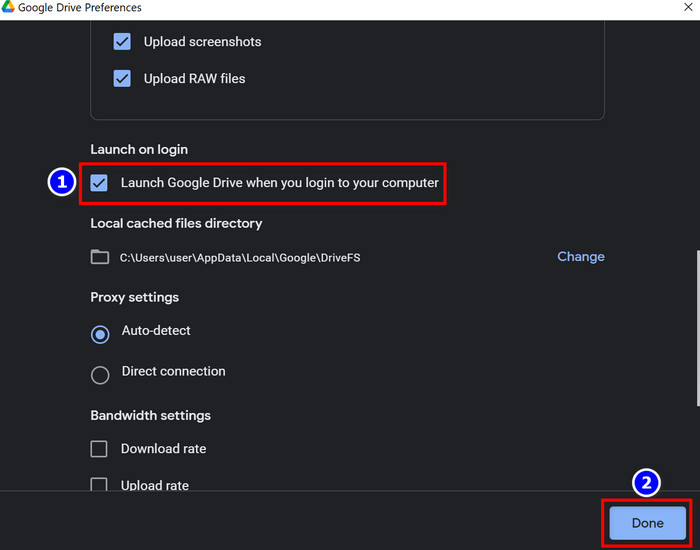
Expert tip: Certain apps may not launch on startup even if you enable the option from within the app. To ensure Google Drive launches when you boot up your computer, open Task Manager and go to the Startup tab. Then find Google Drive and make sure its Status is showing Enabled.
That should do it. If the G-Drive is still disappearing from File Explorer every time you reboot your device, update Windows or contact Google Support.
Frequently Asked Questions
Why did Google Drive disappear from my desktop?
The Google Drive can disappear from your desktop if the link gets expired or the directory gets renamed/moved.
Can a Google Drive link expire?
Yes. A Google Drive link can expire over time, especially if the directory gets updated or renamed.
Wrapping Up
Whether you’re unable to find the mapped Google Drive location from File Explorer or the desktop shortcut from your PC, this article provides the remedy for all of those scenarios.
Anyway, that’s all for today. Which of the above-listed solution has worked for you? Feel free to let us know in the comment section below.
Have a great day!

